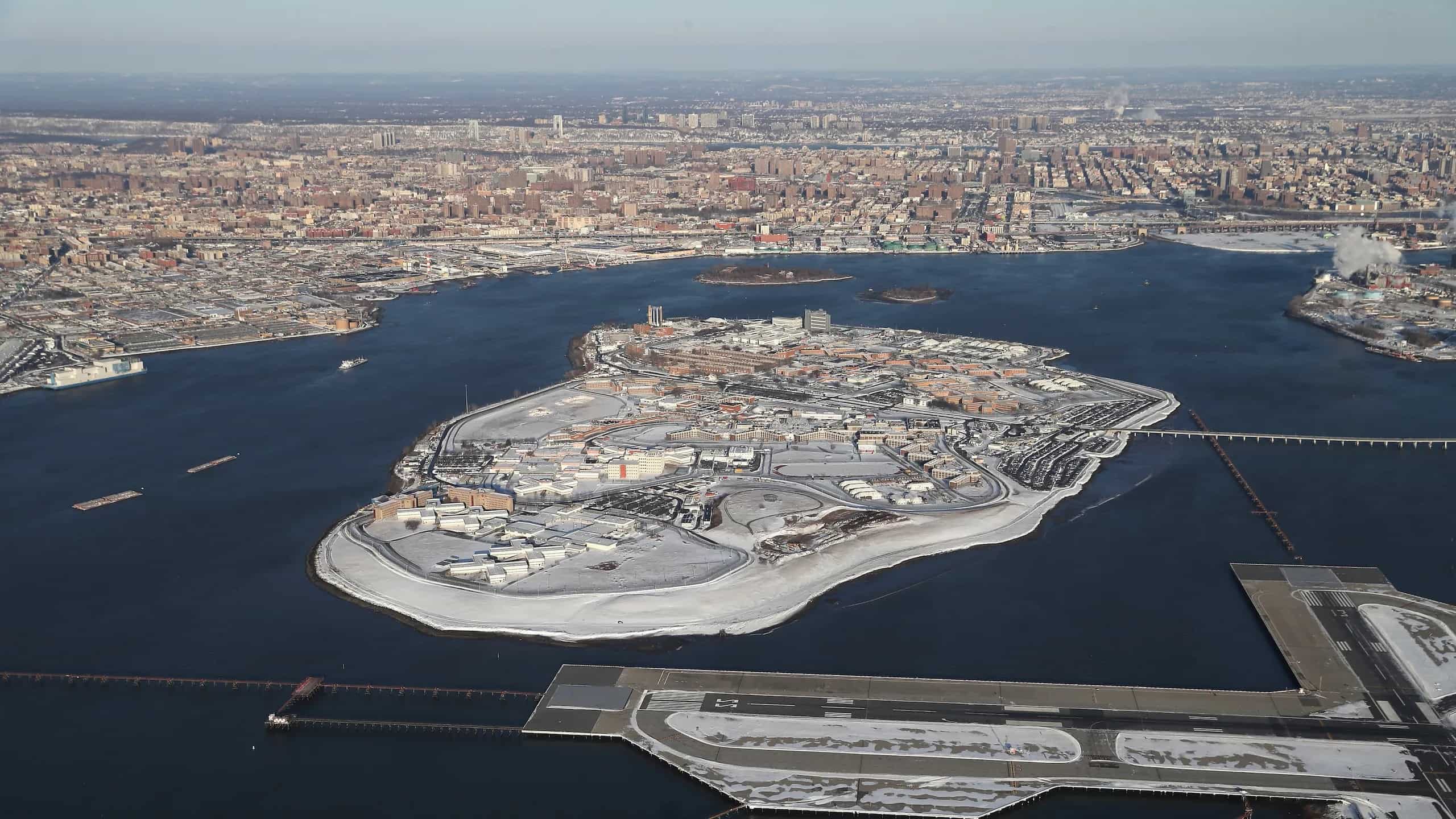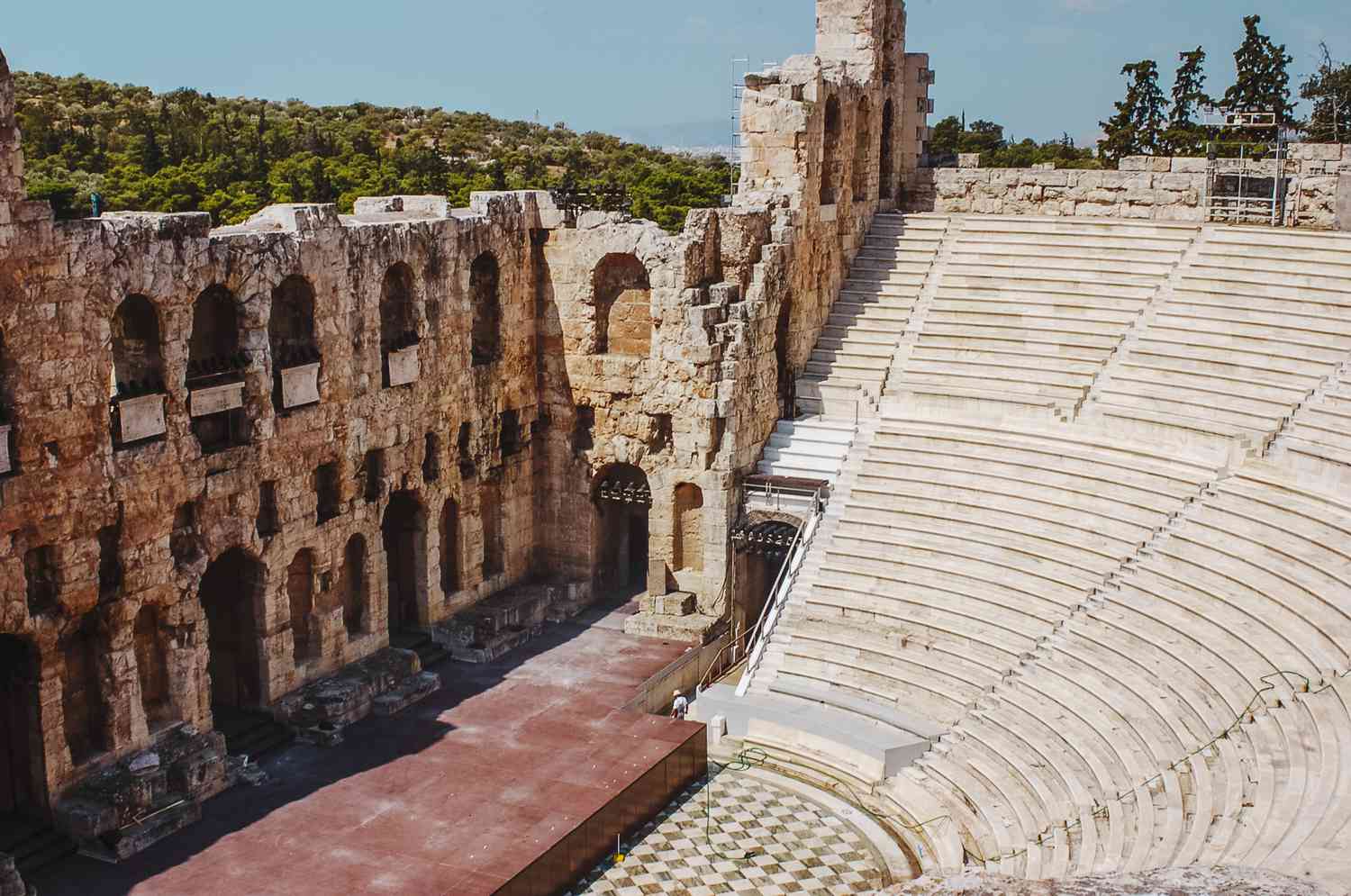
Rikers Island, often mentioned in news headlines, holds a complex history and serves as New York City's main jail complex. Housing thousands of inmates, its stories range from reformative programs to controversial incidents. Rikers Island has been both criticized for its conditions and acknowledged for efforts to improve. This post unveils 20 intriguing facts about the facility, shedding light on its operations, impact on the community, and the ongoing debate about its future. Whether you're a history buff, a social justice advocate, or simply curious, these insights provide a comprehensive look into one of the most infamous correctional institutions in the United States.
Rikers Island Prison, located in New York City, has a reputation that precedes itself. Often featured in news stories, documentaries, and pop culture, this facility has sparked curiosity and concern. Let's delve into some of the most intriguing facts about this infamous institution.
Location and Size
Rikers Island is not just a single building but a whole complex. Situated in the East River between Queens and the Bronx, its location is strategic yet isolated, making it both a part of the city and apart from it.
-
Rikers Island spans over 400 acres, making it one of the largest correctional facilities in the world. This vast space is home to multiple detention centers.
-
Despite its name, Rikers Island is no natural island paradise. It was expanded over the years through landfill, which significantly increased its size from its original dimensions.
History and Establishment
The origins of Rikers Island are as complex as its reputation. Its transformation from a family-owned island to one of the most notorious correctional facilities is a story of New York’s evolving approach to incarceration.
-
The island was originally purchased by the city in 1884 for $180,000, a sum that seems modest today but was a significant investment at the time.
-
It officially opened as a correctional facility in 1932, during a period when New York City was looking to reform its jail system.
Population and Staff
The population within Rikers Island is a reflection of broader societal issues, including crime rates, justice system practices, and social inequalities.
-
On average, Rikers Island houses about 10,000 inmates daily, though this number has fluctuated over the years due to changes in law enforcement and sentencing policies.
-
The staff at Rikers Island includes not only correctional officers but also educators, healthcare workers, and various support personnel, highlighting the complex needs of the inmate population.
Controversies and Reforms
Rikers Island has been the subject of numerous controversies, which have sparked calls for reform and, in some cases, the closure of the facility.
-
Allegations of inmate abuse and neglect have been persistent, leading to lawsuits and investigations into the conduct of correctional officers and the administration.
-
In recent years, there have been significant efforts to reduce the inmate population and improve conditions, including proposals to close the facility by 2026.
Notable Inmates
Over the years, Rikers Island has housed a number of high-profile inmates, making it a focal point for media attention and public discourse.
-
Famous figures such as Tupac Shakur, Sid Vicious, and Lil Wayne have spent time behind its bars, each bringing a spotlight to the conditions and realities of life at Rikers.
-
The presence of these notable individuals has often been used to highlight issues within the criminal justice system, including the treatment of celebrities versus ordinary inmates.
Life Inside Rikers
Life on Rikers Island is marked by its own unique set of challenges and routines, shaped by the facility's policies, the inmate population, and the physical environment.
-
Inmates at Rikers Island are subject to a strict schedule, which includes roll calls, meal times, and limited recreation periods.
-
Educational and vocational programs are available to inmates, offering them opportunities for personal development and rehabilitation.
-
The island's isolation from the rest of New York City creates a sense of separation that affects both inmates and staff, contributing to the facility's distinct culture.
Future of Rikers Island
The future of Rikers Island is a subject of ongoing debate, with various stakeholders advocating for different outcomes.
-
Plans to close Rikers Island by 2026 involve the creation of smaller, more modern jails throughout New York City, intended to offer better conditions and integration with the community.
-
Critics of the closure argue that it doesn't address the root causes of incarceration and may lead to unintended consequences in the criminal justice system.
-
Supporters see the proposed closure as a necessary step towards a more humane and effective approach to incarceration.
-
Regardless of its future, Rikers Island remains a symbol of the challenges and complexities of the American criminal justice system.
-
Efforts to reform the facility and the broader system continue, driven by advocacy groups, policymakers, and individuals affected by incarceration.
-
The debate over Rikers Island reflects broader questions about punishment, rehabilitation, and the role of jails and prisons in society.
-
As New York City evolves, so too will the story of Rikers Island, whether it remains a functioning jail or becomes a historical footnote in the city's long and diverse history.
A Final Glimpse at Rikers Island
Rikers Island, with its complex history and controversial reputation, stands as a stark reminder of the challenges within the U.S. penal system. From its origins as a landfill to becoming one of the most notorious correctional facilities globally, this island has seen reform, riots, and everything in between. Efforts to close it by 2027 highlight a societal shift towards seeking more humane and rehabilitative approaches to incarceration. For now, Rikers remains a symbol of the urgent need for reform in the justice system, a place where the stories of those within its walls urge us to look deeper into how society deals with crime and punishment. As we consider its future, let's not forget the lessons it teaches about justice, human rights, and the potential for change.
Was this page helpful?
Our commitment to delivering trustworthy and engaging content is at the heart of what we do. Each fact on our site is contributed by real users like you, bringing a wealth of diverse insights and information. To ensure the highest standards of accuracy and reliability, our dedicated editors meticulously review each submission. This process guarantees that the facts we share are not only fascinating but also credible. Trust in our commitment to quality and authenticity as you explore and learn with us.


